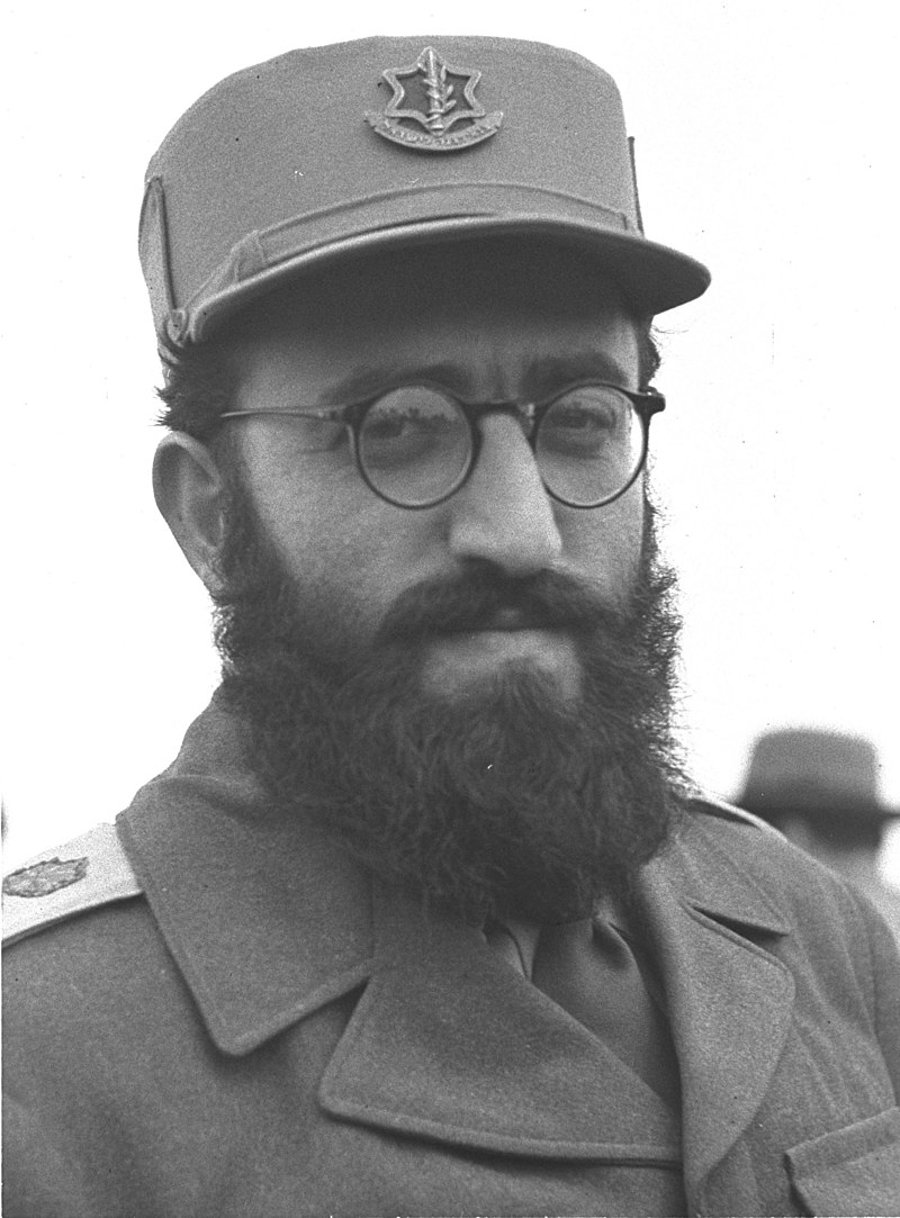
The question of unifying the nusachs of the different communities, especially given the ingathering of the exiles taking place since Zionism began, has occupied synagogues in the Land of Israel for over a century.
During the British mandate, as part of the nationally-minded redesign of synagogues, people such as Zalman Rivlin and Chaim Mishori sought to express this unification of prayer formulas by mixing the tunes and prayer songs in synagogues. Others were more daring, seeking to establish a multi-community synagogue in Jerusalem, whose customs and name – Aliyat Hashvatim or Rise of the Tribes – would expressed the renewed and longed-for integration of congregants from different traditions. But these were initiatives whose time had not yet come, so it seems, and they were ultimately almost entirely abandoned.
With the establishment of the state and the mass waves of Aliyah from Europe, the Middle East, and North Africa, it was quite natural that new initiatives form and become widely known. The most famous of these was that of IDF Chief Rabbi Shlomo Goren, whose nusach achid or unified formula aimed to move towards unifying the nusachs – first within the more convenient sphere of the IDF, and then throughout Israeli society.
This initiative was also not blessed with success. The failure was due to Rabbi Goren’s siddur being almost entirely based on the mostly Ashkenazic Sfard nusach, and also because many continued to want to cling to the customs of their fathers – perhaps precisely because of their rapid uprooting from their countries of origin and Aliyah to Israel, with all the challenges this entailed.
Over the years, things changed significantly, in more ways than one: the adoption of the multicultural ethos in the Israeli and Jewish spheres, as well as the formation of hundreds of multi-community communities – in both towns and cities – led to members of younger generations becoming far more familiar with other nusachs than their parents did, leading to integrated minyanim from the start, which created a need for appropriate siddurim.
The Yachad Shivtei Yisrael or Together Tribes of Israel siddurim, edited by Yehoshua Pinchasi, were also created with this in mind, with the idea of both allowing integrated prayer while also maintaining the distinct customs of the different communities of origin. Thus, as opposed to Rabbi Goren’s effort, these siddurim do not aim to create a uniform or new nusach for prater, but rather siddurim following different traditional approaches, which also include prayer segments which other communities say throughout prayer.
The siddurim were adorned with exacting and eye-catching graphics, making it easier to use the siddur and enjoy its treasures. The first edition was devoted to Shabbat prayers alone, and soon sold thousands of copies. Among its customers were youth movements and multi-community communities. With the success of the original project, two full siddurim were produced for the series – one in the Ashkenazic Sfard nusach, the other in the Sefardi and Mizrachi Jewish nusach.
Despite the great difference between the two initiatives, the choice to use the Sfard nusach is clearly reminiscent of Rabbi Goren’s effort to create a nusach achid. In this case, the matter was justified in the introduction, on the grounds that “the Mizrahi and Ashkenazi Sfard nusach are the most widespread nusachs.” Still, the siddur marks Ashkenazic customs throughout its pages – although this sometimes creates an overload of different customs and nusachs on the siddur’s pages.
Either way, there is no doubt that this approach of displaying the nusachs side by side rather than picking one over the other is very much appropriate to the spirit of the times, a clear expression of the broader agenda of the siddur’s compilers: “This siddur contains no effort to cancel, God forbid, the custom or nusach of any community, since each nusach has its uniqueness, and each community their special imprint on the People of Israel.”
Is this the final stage in the unification of nusach, or merely a temporary if significant transitional phase on the path to God’s promise that “and they shall be as one in your hand.” I leave that debate to the readers. Meantime, a beautiful vessel is now on the shelf, careful crafted and lovingly adorned, and which is particularly appropriate for our times, so in need of prayers of consolation and the unification of hearts.
Dr. Reuven Gafni is a senior lecturer at the Land of Israel Department at Kinneret College. He specializes in the field of synagogues and religion in the Land of Israel in the modern era, and the relationship between Jewish religion, culture, and national identity in the Land of Israel.


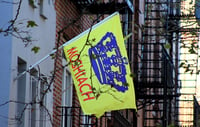
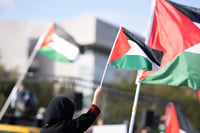





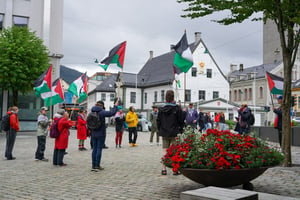
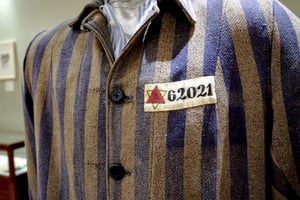
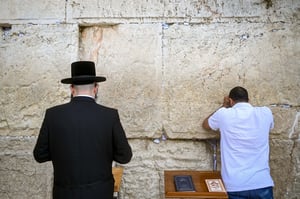
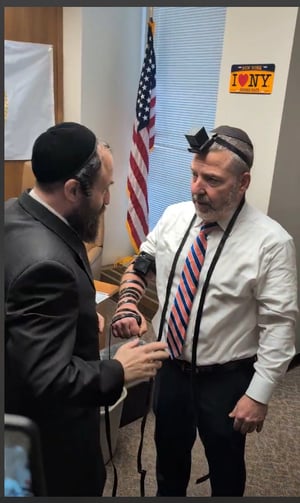
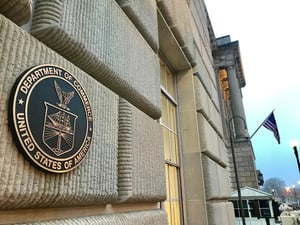

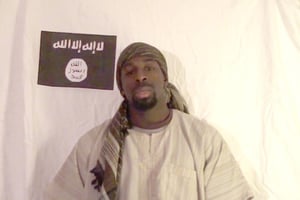

0 Comments